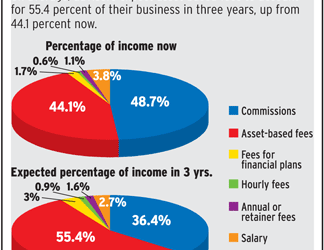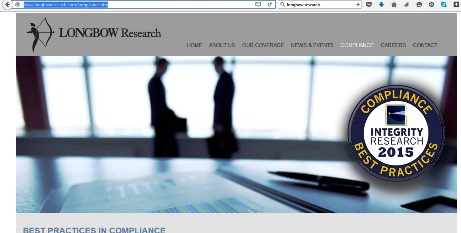
(JDSupra)In March 2016, the SEC entered into a settlement agreement with Canaccord Genuity a U.S. broker-dealer, which initiated research coverage of an issuer after being invited by the issuer to participate as an underwriter for that issuer’s planned equity offering. The SEC indicated that this is its first action against a broker-dealer for violating Section 5 in this manner. The SEC’s order can be found at the following link: https://www.sec.gov/litigation/admin/2016/33-10059.pdf.
In this case, the issuer cancelled a proposed secondary stock offering for which the broker-dealer was planning to act as the lead underwriter. At that point, the issuer planned another offering, and the broker-dealer was invited to participate as a co-manager. However, according to the SEC, the broker-dealer’s participation was made contingent by the issuer upon the broker-dealer commencing research coverage – a “quid pro quo” – which the investment bank agreed to do. In commencing research coverage, the investment bank rated the stock a “buy,” with a price target that was considerably higher than its then current market price.¹
In issuing the fine, the SEC relied on its traditional guidance as to when a broker-dealer is subject to Section 5(b)(1)’s potential limitations on issuing research. In particular, the SEC has stated that a broker-dealer that publishes research is subject to Section 5(b)(1):
- while seeking to participate in the underwriting of the issuer’s securities offering;
- after having been invited to participate by the issuer in the underwriting of its securities offering; or
- after reaching an understanding with the issuer that it will participate as a managing underwriter in the issuer’s securities offering.
Under these circumstances, the SEC will typically view a research report about the subject company as an improper prospectus. While SEC Rule 139 includes a safe harbor from the definition of “prospectus” for research reports that satisfy the rule, this safe harbor excludes cases such as this one, where the broker-dealer initiated coverage. Here, the SEC deemed the research report to be a prospectus, due to its potential to condition the market. The SEC’s fine in this matter is further indication of regulatory interest in research related supervisory and oversight lapses.
To read the full article, please click here





